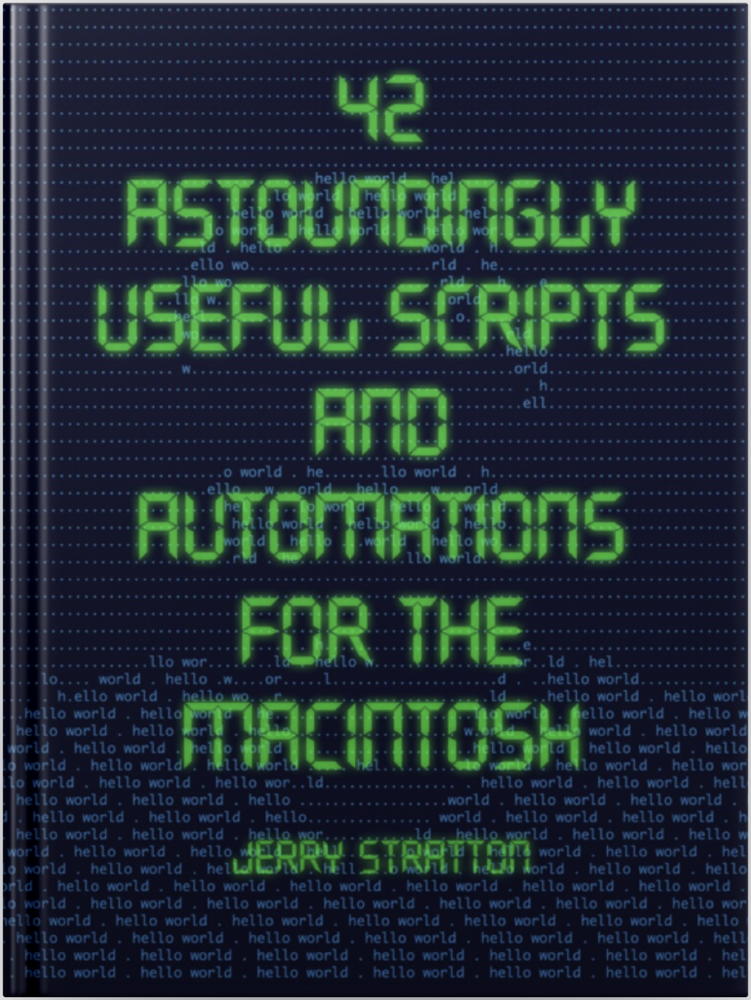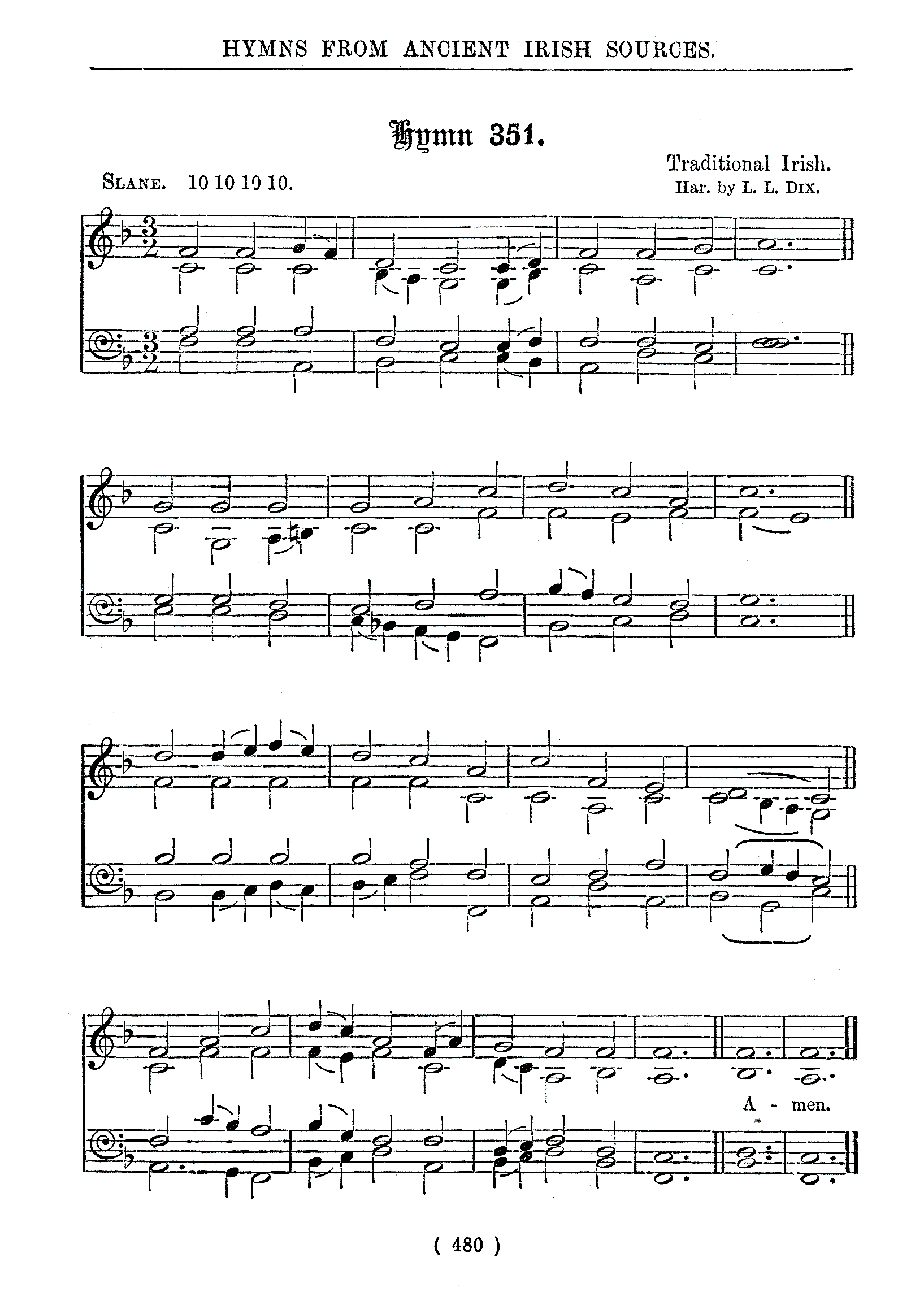Arron Branigan’s snowman from the December 1986 Rainbow article, “Go Tell It On The CoCo”, uses the Color Computer’s high-resolution graphics mode, giving it a full 256 by 192 pixels, but only two colors. So how is it that you can see more than two colors in this image?
Due to the limitations of the NTSC signal and the phase relationship between the VDG clock and colorburst frequency, it is not actually possible to display 256 dots across the screen reliably… when one switches to the white and black colorset, instead of a muddy gray as you would expect, you will get either red or blue. Reversing the order of the alternating dots will give the opposite color…. Unfortunately the VDG internally can power up on either the rising or falling edge of the clock, so the bit patterns that represent red and blue are not predictable. Most CoCo games would start up with a title screen and invited the user to press the reset button until the colors were correct!
I hope to have an example of that—a program that asks you to reset until you get the correct artifact colors—by Christmas Eve.
And read that carefully: “the NTSC signal”. If you lived in a locale that didn’t use NTSC, but rather used PAL, none of these tricks worked. Because that’s what they were: tricks. You didn’t find this stuff in the official manuals. They were passed by way of poorly-copied newsletters, third-party magazines, and computer clubs, like the arcane formulae of magic spells.
While Branigan uses a handful of DRAW commands, most of his image is drawn with more basic shapes: lines, circles, and boxes. Here’s an example from the part of his code that draws the snowman:
- 4500 CIRCLE (63,117),35,1,.5,.80,.65
- 4510 PAINT (15,160),1,1
- 4520 CIRCLE (128,135),67.5,0,.5,.83,.15
- 4530 CIRCLE (128,135),67.5,0,.5,.35,.6
- 4540 CIRCLE (128,90),45,0,.5,.83,.50
- 4550 LINE (52,102)-(80,76),PRESET
- 4560 LINE (0,0)-(256,192),PRESET,B
The circles are somewhat obvious; the command takes a point for the center, a radius, and then the less obvious color value, height/width ratio, and start and end—that is, the CIRCLE command can also create ellipses (by altering the ratio) and arcs (by providing a start/end point).
The PAINT command takes a point, and a color, and a border color, and fills that color in on the screen until it reaches the color specified as the border. This is how circles can become disks, for example.
The LINE command is trickier. It does the obvious, draws a line from one point to another using either the foreground color (PSET) or background color (PRESET). But if you add a B to the end of the command, it draws, instead, a rectangle (that is, a ‘B’ox) with the two points representing two opposing corners of the box. Not represented here, adding BF instead of B would make a ‘F’illed ‘B’ox, filled with the foreground color—no need for painting the box in that case.
This is, in two dimensions, very similar to the technique used to create simple shapes in three dimensions using POV-Ray and other raytracers.
In response to 8 (bit) Days of Christmas: Eight holiday images created on the TRS-80 Color Computer, from the early to mid eighties.
- 8 (bit) Days of Christmas: Day 1 (Do You Hear What I Hear?)
- For day 1 of the 8 (bit) days of Christmas, John Mosley’s “Do You Hear What I Hear?” from the December, 1987, Rainbow Magazine. Mosley coaxes four-voice music out of the CoCo 1 and 2 using a machine-language program.
- Sparkling lights for Christmas
- This POV-Ray scene file will animate sparkling lights against a green background. If you want to make three dimensional images with lots of similar objects and then animate them, this will show you how to do it.
More Color Computer
- Simple game menu for the Color Computer 2 with CoCoSDC
- This simple menu provides one screen for cartridges saved in the CoCoSDC’s flash ROM, and any number of screens for your favorite games for your friends to play.
- Rainbow Magazine preflight tool enhanced
- I’ve added several features to the Rainbow Magazine preflight tool, including a check for references to line numbers that don’t exist.
- CoCoFest! 2021
- Forty years later, I finally make it to CoCoFest!
- BASIC tokenization examined
- Why do old BASIC programs have strange characters in their .BAS files? Why do they look like they’re compiled code?
- What are the 8 bits in 8-bit computing?
- Retro computing is often called 8-bit computing. This is because the bytes that these computers use are composed of eight bits, and much of what the computer does is operating on these individual bits, not on the byte as a whole.
- 19 more pages with the topic Color Computer, and other related pages
More computer history
- Creative Computing and BASIC Computer Games in public domain
- David Ahl, editor of Creative Computing and of various BASIC Computer Games books, has released these works into the public domain.
- Hobby Computer Handbook: From 1979 to 1981
- Hobby Computer Handbook lived for four issues, from 1979 to 1981. Back in 1979 and 1980, I bought the middle two issues. I’ve recently had the opportunity to buy and read the bookend issues.
- Hobby Computer Handbook
- Hobby Computer Handbook was a short-lived relic of the early home computer era, an annual (or so) publication of Elementary Electronics.
- 8 (bit) Days of Christmas: Day 11 (O Christmas Tree)
- Day 11 of the 8 (bit) days of Christmas is the graphic accompaniment to “O Tannenbaum” from Robert T. Rogers “Holly Jolly Holidays”, from December 1984.
- 8 (bit) Days of Christmas: Day 100 (Hearth)
- Lower resolution graphics were more appropriate for animation, because you could page through up to eight screens like a flip book. This is Eugene Vasconi’s Holiday Hearth from December 1986.
- Six more pages with the topic computer history, and other related pages
More The Rainbow magazine
- Rainbow Magazine preflight tool enhanced
- I’ve added several features to the Rainbow Magazine preflight tool, including a check for references to line numbers that don’t exist.
- 8 (bit) Days of Christmas: Day 1 (Do You Hear What I Hear?)
- For day 1 of the 8 (bit) days of Christmas, John Mosley’s “Do You Hear What I Hear?” from the December, 1987, Rainbow Magazine. Mosley coaxes four-voice music out of the CoCo 1 and 2 using a machine-language program.
- 8 (bit) Days of Christmas: Day 10 (Up on the Rooftop)
- In the December 1986 Rainbow, J. D. German presented us with this game, involving flying and landing Santa to deliver presents!
- 8 (bit) Days of Christmas: Day 11 (O Christmas Tree)
- Day 11 of the 8 (bit) days of Christmas is the graphic accompaniment to “O Tannenbaum” from Robert T. Rogers “Holly Jolly Holidays”, from December 1984.
- 8 (bit) Days of Christmas: Day 100 (Hearth)
- Lower resolution graphics were more appropriate for animation, because you could page through up to eight screens like a flip book. This is Eugene Vasconi’s Holiday Hearth from December 1986.
- Five more pages with the topic The Rainbow magazine, and other related pages


